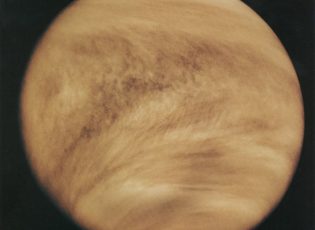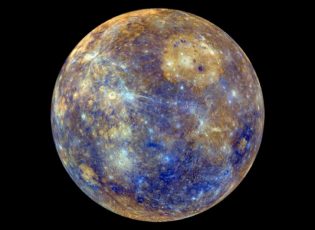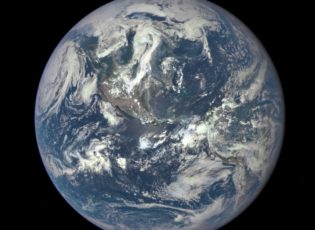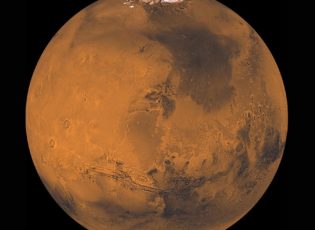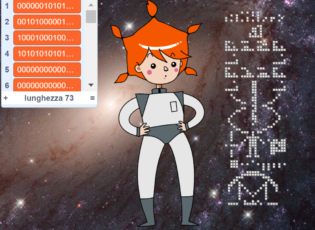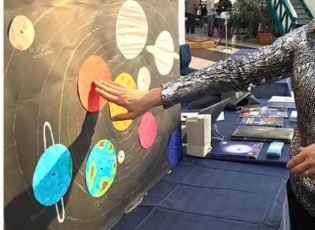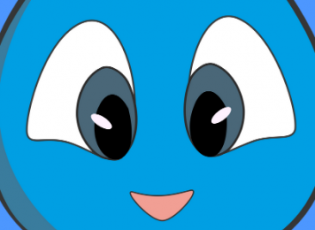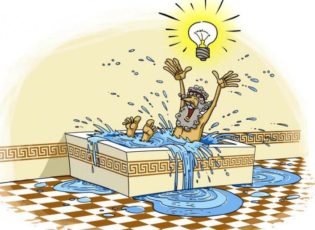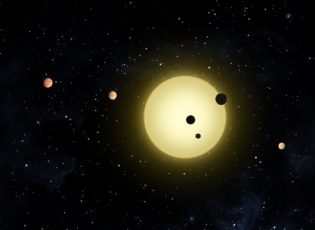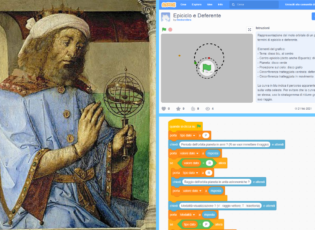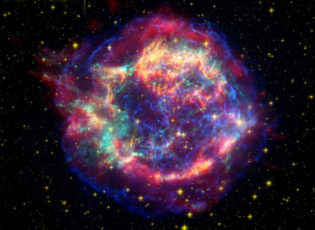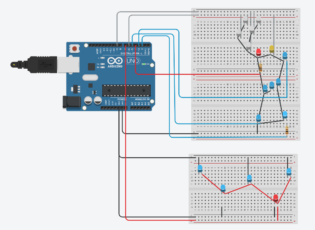Venus, our hot twin
Venus is the second planet of the Solar System in order of distance from the Sun, which takes its name from the Roman goddess of love and beauty. It is also defined as the Earth’s “twin planet” because it has a mass and a a dimension which is very similar to our planet. However, its atmosphere is very different, since it is mainly constituted by carbon dioxide and is much thicker than our own. Because of these features, the ground pressure is about 90 times the Earth’s own pressure. Moreover, there isLEGGI TUTTO

